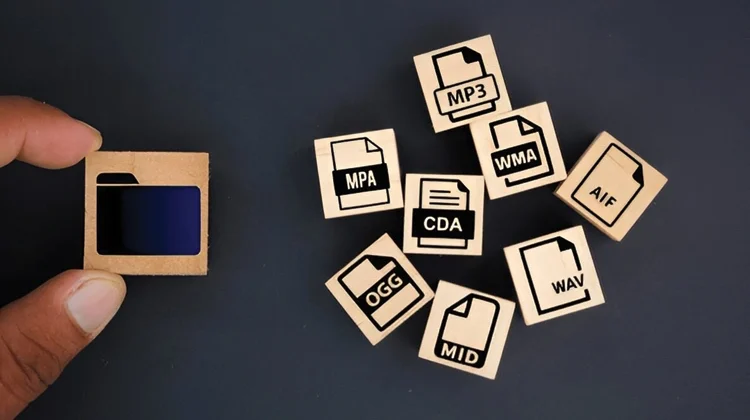
Understanding Audio Formats: A Quick Reference
In the digital age, audio has become an integral part of our lives, from music streaming to podcasts and audiobooks. With a plethora of audio formats available, it’s overwhelming to understand which one is best suited for your needs. This comprehensive guide will delve into the most common audio formats, their characteristics, and their ideal use cases.
Common Audio Formats
- MP3 (MPEG-1 Audio Layer III)
- Characteristics: supported, lossy compression, high compression ratio, good audio quality.
- Use Cases: Music streaming, podcasting, audiobooks, and general audio sharing.
- WAV (Waveform Audio File)
- Characteristics: Lossless compression, high audio quality, large file size.
- Use Cases: Professional audio recording, editing, mastering, archiving, and situations where audio integrity is paramount.
- AAC (Advanced Audio Coding)
- Characteristics: Lossy compression, high compression ratio, better audio quality than MP3 at similar bitrates.
- Use cases: music streaming, video files, and digital radio broadcasting.
- FLAC (Free Lossless Audio Codec)
- Characteristics: Lossless compression, high audio quality, smaller file size compared to WAV.
- Use Cases: Audio archiving, digital music collections, and situations where preserving audio quality is essential.
- ALAC (Apple Lossless Audio Codec)
- Characteristics: Lossless compression, high audio quality, like FLAC.
- Use Cases: Apple ecosystem, digital music collections, and preserving audio quality.
- OGG Vorbis
- Characteristics: Lossy compression, high compression ratio, open-source alternative to MP3.
- Use Cases: Music streaming, podcasting, and general audio sharing.
- AIFF (Audio Interchange File Format)
- Characteristics: Lossless compression, high audio quality, used on Apple platforms.
- Use Cases: Audio editing, mastering, and archiving.
Choosing the Right Format
The ideal audio format depends on several factors:
- Audio Quality: If preserving audio quality is crucial, lossless formats like WAV, FLAC, or ALAC are recommended.
- File Size: For smaller file sizes, lossy formats like MP3, AAC, or Ogg Vorbis are suitable.
- Compatibility: Consider differing the format between your devices and software.
- Specific Use Case: Different formats may be better suited for specific applications, such as music streaming, podcasting, or professional audio production.
Added Considerations
- Bitrate: The bitrate determines the amount of data used to represent the audio signal. Higher bitrates result in better audio quality but larger file sizes.
- Sampling Rate: The sampling rate determines the number of samples taken per second. Higher sampling rates can capture more audio detail but also result in larger file sizes.
- Channels: The number of channels determines the audio’s surround sound capabilities (mono, stereo, surround).
Conclusion
Understanding audio formats is essential in the digital age. By considering factors like audio quality, file size, compatibility, and specific use cases, you can choose the best format for your needs. Whether you’re a music enthusiast, a podcast producer, or a professional audio engineer, this guide has provided the knowledge to navigate the world of audio formats.





